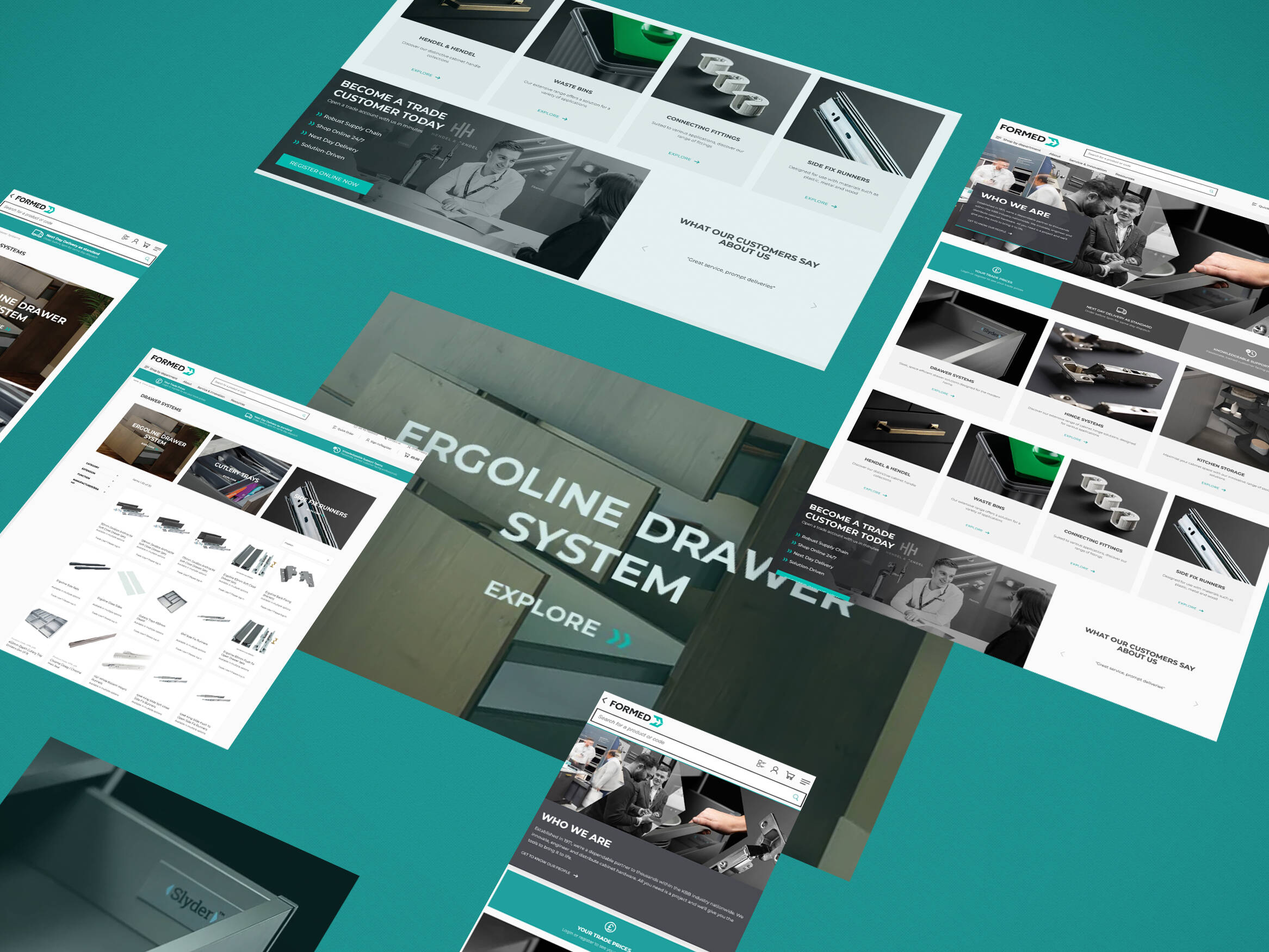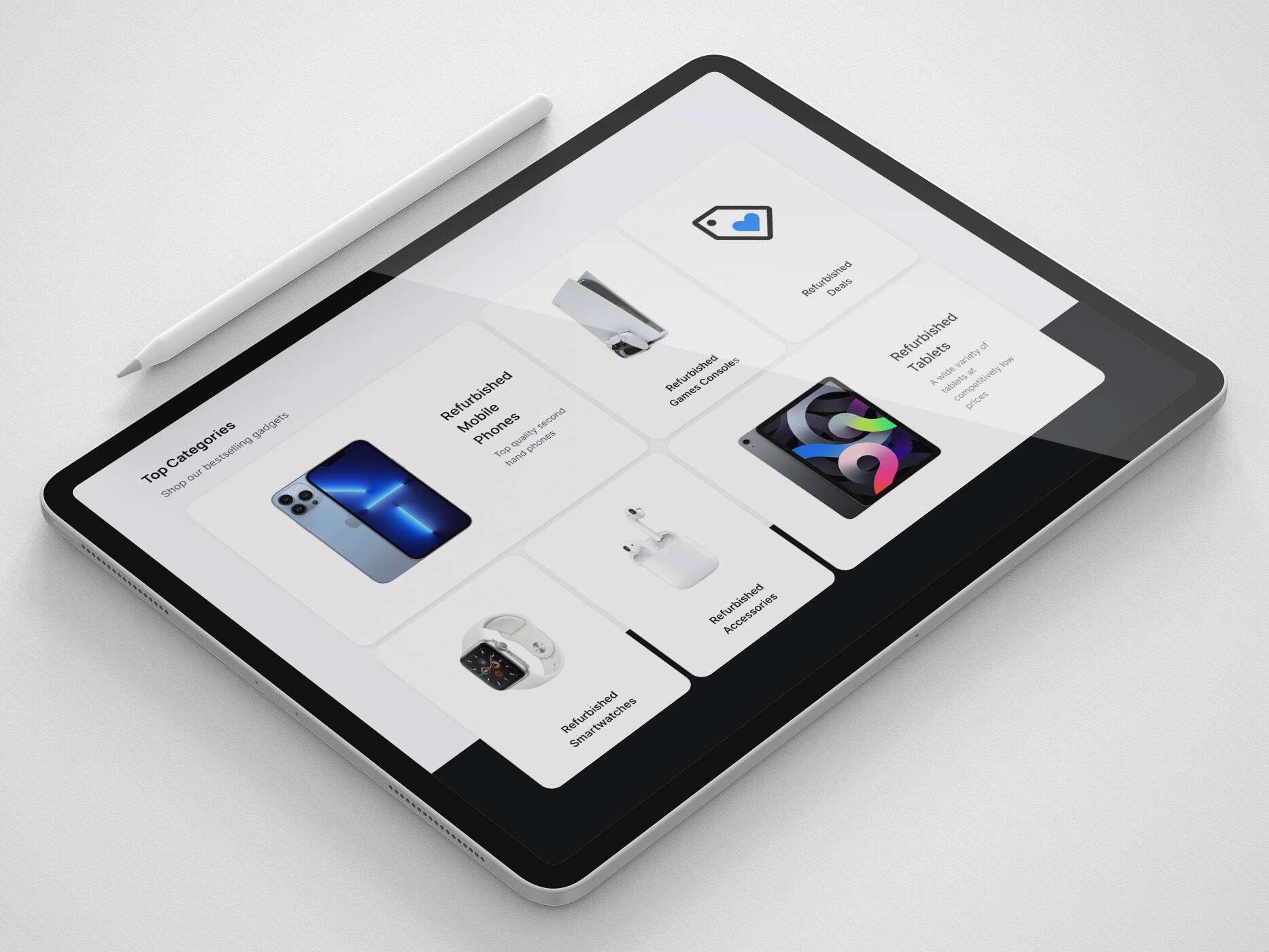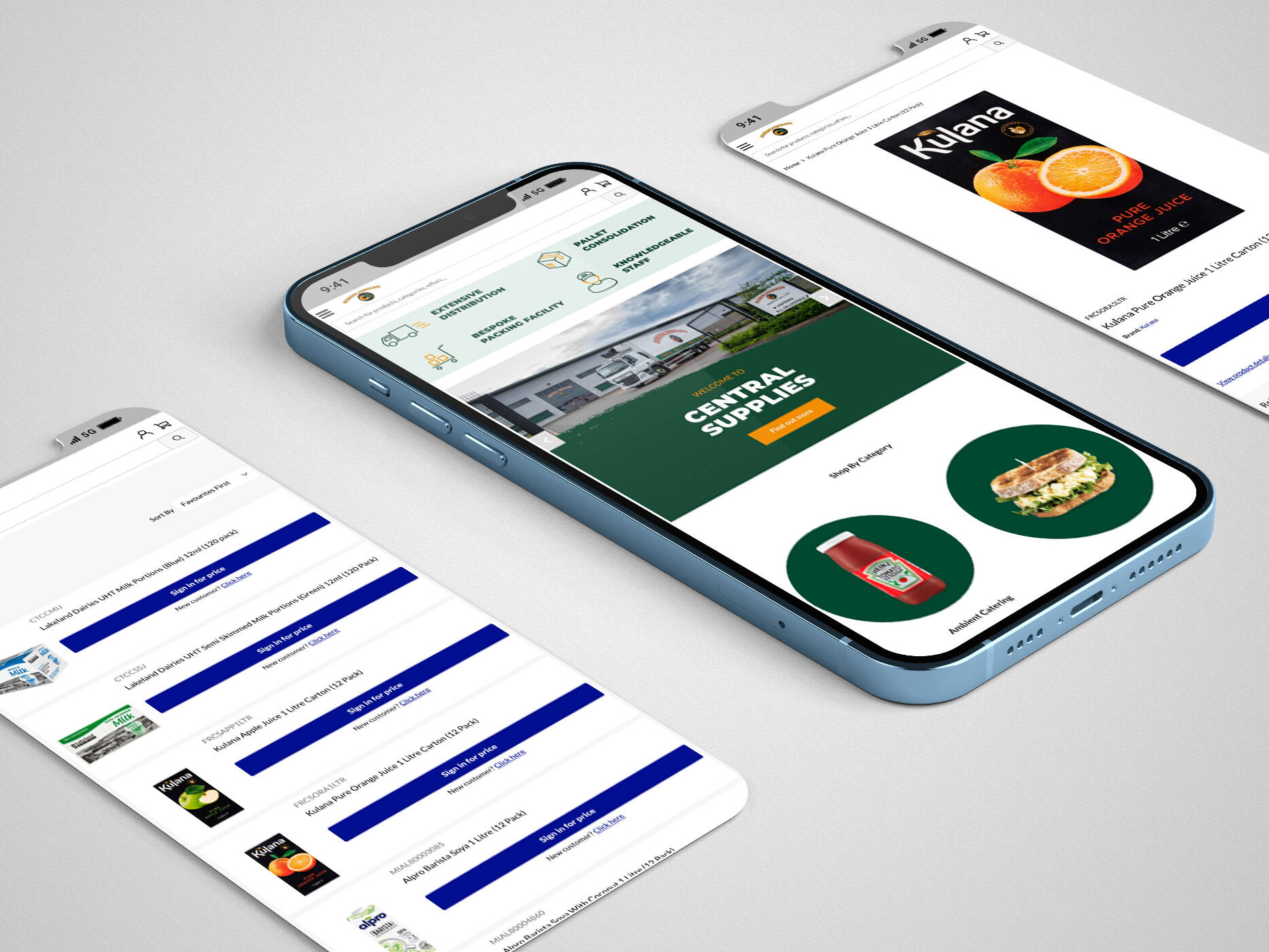The world of mobile eCommerce is expanding, but sadly for customers there remains the frustration of complicated checkout forms. Unfortunately for online retailers, customers don’t tend to be huge fans of the boring and slow, manual process of filling out a mobile checkout form. Consequently, users are known to abandon mobile purchases twice as often as desktop purchases. So, what does the future hold for online payment?
Reasoning For Abandoning Mobile Purchase Forms
Most of the issues that cause users to abandon purchases are directly linked to purchase forms. Why? Google does a good job of explaining this quite clearly:
“Online purchase forms are user-intensive, difficult to use, slow to load and refresh, and require multiple steps to complete.” – Google
Each site or app has its own data entry and validation process which can require customers to enter the same information at every app’s point of purchase. It’s like listening to a song on repeat. After a while, it becomes pretty annoying and well, unbearable to listen to. Just like the process of making a purchase.
Not only this but mobile app developers can also face multiple checkout complications. Struggles to create purchase flows that support multiple unique payment methods can hinder form completion to the point where it just doesn’t happen.
The Start of Simplifying Payment Solutions
Solving the problems of payment began with the creation of Autofill. Even still, although great for the temporary, it was important to create a more comprehensive solution.

Image credit: Google Developer’s
Introducing the Payment Request API
The build of the Payment Request API helps to eliminate checkout forms. As a general overview, this clever invention helps improve user workflow during the purchase process, provide a more consistent user experience and enables web merchants to easily leverage different payment methods.
Unlike other solutions, it doesn’t require the use of a particular payment system nor does it integrate directly with payment processors. Instead, it works as a “conduit from the user’s payment and shipping information to the merchants.” – Google.
Goals of Payment Request API
- Allow the user agent to act as an intermediary between merchants, users, and payment method providers.
- Enable user agents to streamline the user’s payment experience by taking into account user preferences, merchant information, security considerations, and other factors.
- Standardise (to the extent that it makes sense) the communication flow between a merchant, user agent, and payment method provider.
- Enable payment method providers to bring more secure payment transactions to the web.
API and the Transaction Process
But it doesn’t stop there! The design of the Payment Request API makes the transaction process as simple as possible for both user and merchant.

Image credit: Google Developers
Stages of the Payment Transaction Process
#1 – Creating a new payment request
The process begins when the online retailer creates a new payment request. Here they will pass all of the required information to the browser so it can process the transaction. Details required include the amount to be charged, what currency they want to make payment in and what payment methods are accepted by the site. The browser then determines whether or not the site’s payment methods are compatible with the methods the user has installed on the target device.
#2 – Selecting a method and authorising a transaction
Having determined the compatibility, the browser then presents the payments UI to the user, who selects a payment method and authorises the transaction.
Good to know: The payment method can include traditional credit/debit card purchases or third-party applications such as PayPal, Amazon Pay and ApplePay.
#3 – Finalising a transaction
After the customer has authorised the purchase, all of the necessary payment details are sent back to the merchant site.
Payment Request can also be extended to return additional information such as a shipping address and options, payer email and payer phone number. This way you can gather all of the information you need to finalise it without having to show the user their worst nightmare: a checkout form.
Final Thoughts
This new payment process is delivering improvements all round:
- User’s see a removal of the previous tedious interaction. The stages of request, authorisation and payment are shortened into one single step.
- The website now requires only a single JavaScript API call, keeping it as simple as possible.
- The payment method experiences no process change whatsoever, cancelling out the possibilities of corruption that are present when making amendments.
Sounds great, right? If you want to dive deeper into Payment Request API, check out this in-depth guide by Google.
Get in touch
We know commerce, let us help you improve customer experience, increase conversion rates, and make that digital change.
- hello@iweb.co.uk

















